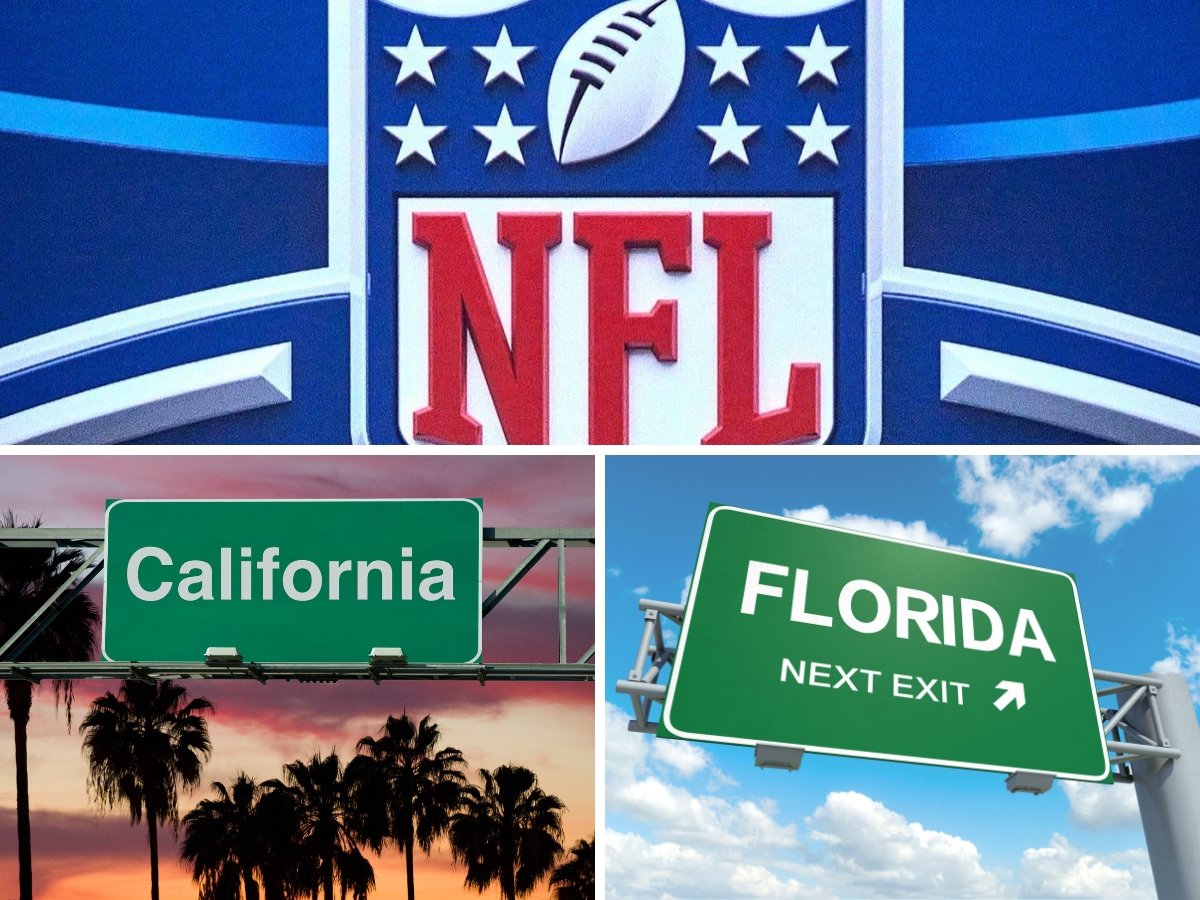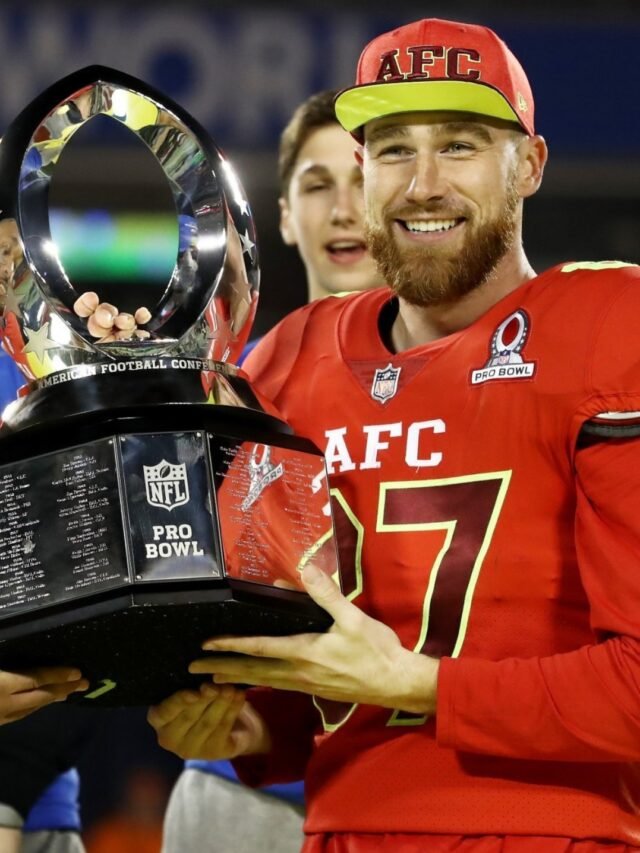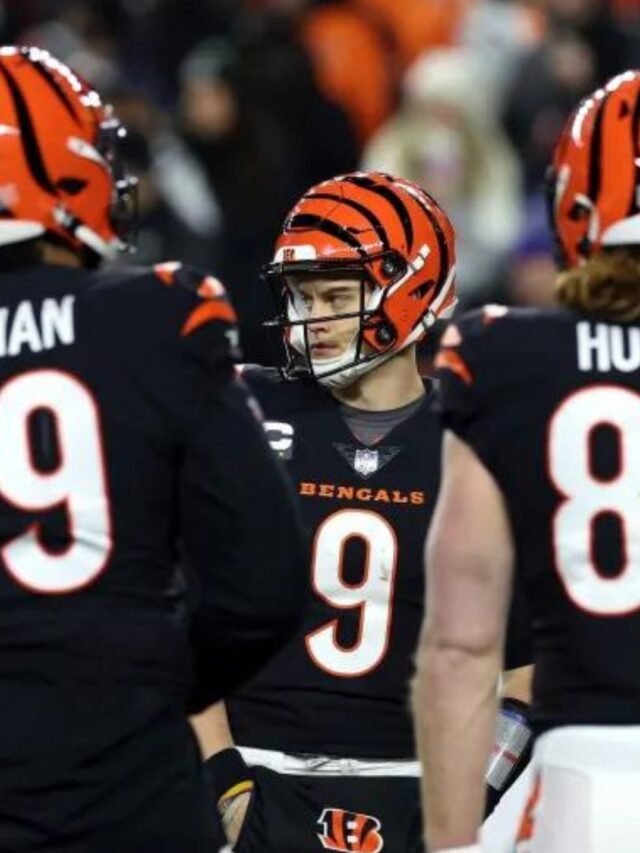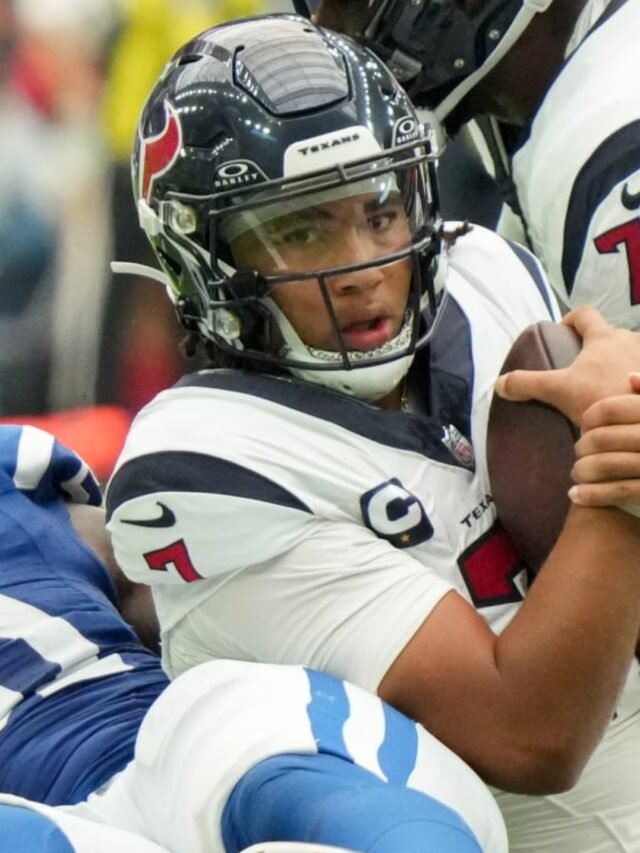The National Football League (NFL) is an integral part of American sports and culture. With 32 teams, the NFL’s presence spans across the nation, but not uniformly. As of 2024, the intriguing aspect of NFL team distribution is the concentration of teams in specific states. In this detailed exploration, we focus on identifying the state with the most NFL teams and understanding the factors contributing to this distinction.
States with Most NFL Teams: California and Florida
California’s Football Legacy
- Teams: California, a state known for its vibrant sports culture, leads with three NFL teams: the San Francisco 49ers, Los Angeles Rams, and Los Angeles Chargers.
- Historical Significance: These teams have deep roots in the state’s history, with the 49ers being a foundational team of the NFL. The Rams and Chargers, having undergone relocations, signify the dynamic nature of NFL franchises.
- Economic and Cultural Impact: The presence of these teams has a significant economic impact on the state, contributing to job creation, tourism, and local business growth. The teams are also a source of state pride and community engagement.
Florida’s Football Fervor
- Teams: Matching California, Florida also has three NFL teams: the Miami Dolphins, Tampa Bay Buccaneers, and Jacksonville Jaguars.
- Fan Base and Community Involvement: These teams enjoy a passionate fan base, with each having a unique identity and strong community ties.
- Stadiums and Facilities: Florida’s warm climate and state-of-the-art stadiums make it an attractive location for hosting Super Bowls and other major events, further cementing its place in the NFL landscape.
Runners-up: States with Two NFL Teams
The Two-Team States
- Pennsylvania, New Jersey, Texas, and Ohio: Each of these states has two NFL teams. Pennsylvania is home to the Philadelphia Eagles and Pittsburgh Steelers, reflecting the state’s rich football history. New Jersey, although often associated with New York, officially hosts the New York Giants and New York Jets. Texas, a state synonymous with football, boasts the Dallas Cowboys and Houston Texans. Ohio, with the Cincinnati Bengals and Cleveland Browns, has a deep-rooted football tradition.
Significance
- Cultural Impact: In these states, NFL teams play a significant role in regional identity and pride.
- Economic Contributions: The teams contribute significantly to the local economies through tourism, job creation, and business opportunities.
The Singular Representations
States with One NFL Team
- Diverse Geographic Representation: The remaining states with NFL teams – Arizona, Colorado, Georgia, Illinois, Indiana, Louisiana, Maryland, Massachusetts, Michigan, Minnesota, Missouri, Nevada, New York, North Carolina, Tennessee, Washington, and Wisconsin – each have a single team.
- Community and Regional Identity: In these states, the NFL team often becomes a unifying symbol for the entire state, transcending city boundaries and fostering a sense of statewide community.
Impact Beyond the Field
- Economic and Social Influence: Even with just one team, the impact on the state’s economy and social fabric is profound, with each team carrying a legacy and cultural significance.
The Unrepresented States
Absence of NFL Teams
- No Team States: It’s notable that 28 states do not host an NFL team. This includes regions where college football is more prominent or areas with smaller populations.
Implications
- Broader NFL Reach: Despite the lack of local teams, the NFL’s reach through media and merchandise sales is extensive, maintaining a national presence.
Economic and Cultural Influence
Boosting Local Economies
- Job Creation and Revenue: The presence of NFL teams in states like California and Florida drives significant economic activity. This includes employment opportunities in various sectors such as hospitality, retail, and media.
- Tourism and City Branding: NFL games attract tourists, boosting local businesses. Cities hosting these teams often become synonymous with the teams themselves, enhancing their national and international reputation.
Cultural and Community Impact
- Community Engagement: NFL teams in these states foster a strong sense of community and identity. They are not just sports franchises but cultural institutions that bring people together.
- Youth Sports and Development: The influence of NFL teams extends to youth sports, encouraging participation and fostering a culture of physical activity and teamwork.
Future Trends and Developments
Stadiums and Infrastructure
- State-of-the-Art Facilities: Continual investment in stadiums and training facilities is a trend in states with multiple NFL teams. These modern facilities are not just for games but serve as venues for various events, contributing to their economic viability.
- Technological Advancements: Integration of advanced technology in stadiums for an enhanced fan experience is a growing trend.
Team Relocations and Expansions
- Possible Team Movements: History shows that NFL teams relocate based on market potential and financial incentives. States with strong markets and fan support are potential candidates for future relocations or expansions.
- Expansion Teams: The NFL might consider expanding beyond the current 32 teams, potentially impacting the current distribution of teams across states.
Challenges and Opportunities
Market Saturation and Competition
- Balancing Interests: In states with multiple teams, there is a challenge to balance the market and fan base. This competition can be both a challenge and an opportunity for growth and innovation.
- Media Rights and Broadcasting: The distribution of media rights and broadcasting deals is crucial, especially in states with multiple teams competing for viewership.
Community and Social Responsibility
- Engagement Beyond the Field: NFL teams are increasingly focusing on community development and social issues. This includes educational programs, charitable initiatives, and addressing social injustices.
- Environmental Sustainability: The environmental impact of sporting events is a growing concern. Teams are adopting sustainable practices in their operations, setting a precedent for sports franchises globally.
Last Words
The distinction of being the state with the most NFL teams is more than just a numerical superiority. For states like California and Florida, it embodies a deep connection between the sport, the economy, and the cultural fabric of the state. As the NFL evolves, these states not only represent the past and present of American football but also its future, marked by innovation, community engagement, and a commitment to excellence.







